I have created some fairly elaborate DOM elements with an :after pseudo-element, and I'd like to be able to inspect and tweak them in either Chrome Inspector or Firebug or equivalent.
Despite this feature being mentioned in this WebKit/Safari blog post (dated 2010), I can't find this feature at all in either Chrome or Safari. Chrome does at least have checkboxes to inspect :hover, :visited and :active states, but :before and :after are nowhere to be seen.
Additionally, this blog post (dated 2009!) mentions this capability exists in the IE dev tools, but I'm currently using Mac OS, so this is no help to me. Additionally, IE is not a browser I'm primarily targeting.
Is there any way of inspecting these pseudo-elements?
EDIT: In addition to being wrong about Firebug being unable to inspect these elements, I've found Opera to be pretty good at Inspecting :before and :after elements out of the box.


